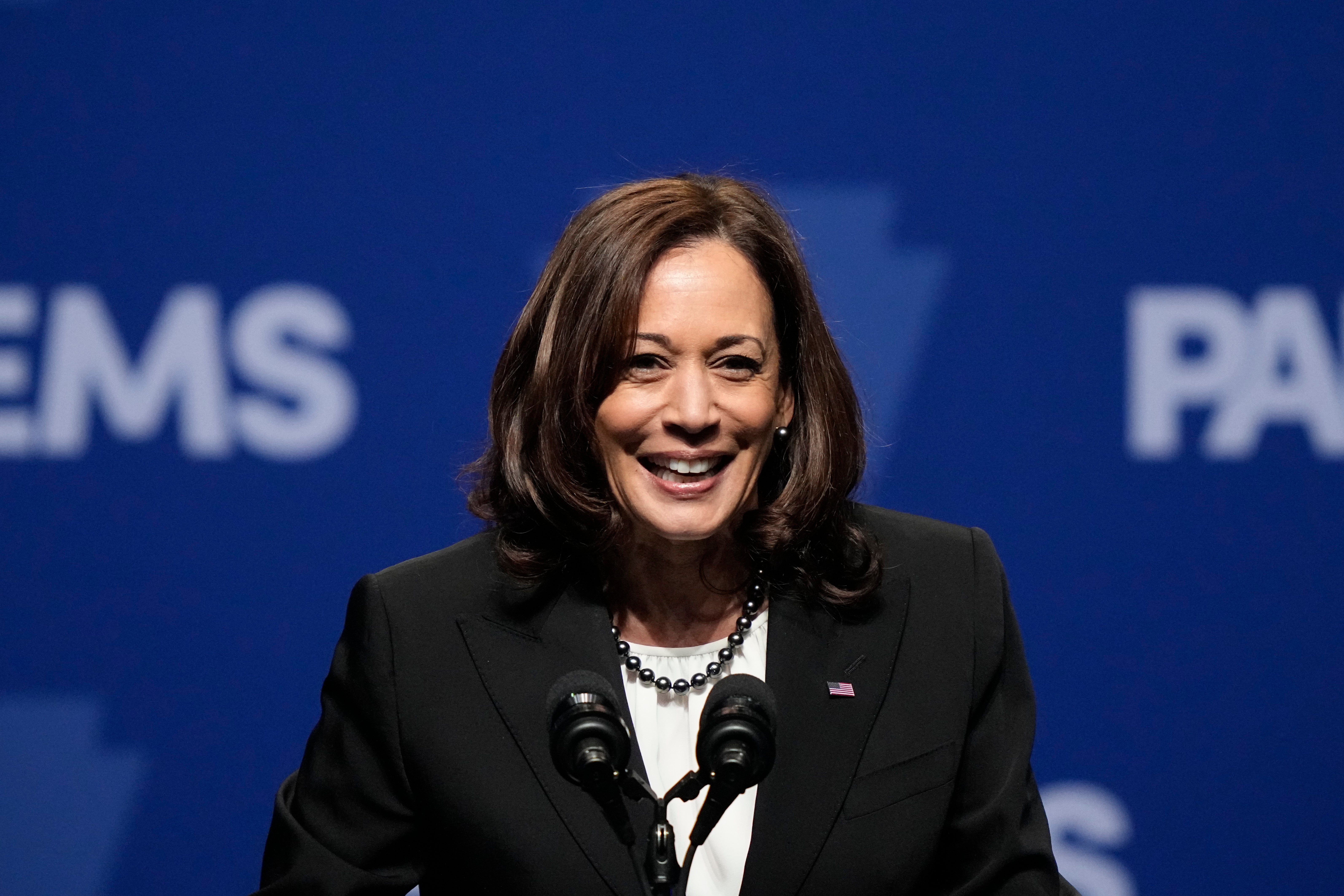Biden spending $4.5 billion to help lower home heating costs
The Biden administration is making $4.5 billion available through a low-income home energy assistance program to help lower heating costs heading into what is expected to be a brutal winter

Your support helps us to tell the story
From reproductive rights to climate change to Big Tech, The Independent is on the ground when the story is developing. Whether it's investigating the financials of Elon Musk's pro-Trump PAC or producing our latest documentary, 'The A Word', which shines a light on the American women fighting for reproductive rights, we know how important it is to parse out the facts from the messaging.
At such a critical moment in US history, we need reporters on the ground. Your donation allows us to keep sending journalists to speak to both sides of the story.
The Independent is trusted by Americans across the entire political spectrum. And unlike many other quality news outlets, we choose not to lock Americans out of our reporting and analysis with paywalls. We believe quality journalism should be available to everyone, paid for by those who can afford it.
Your support makes all the difference.The Biden administration said Wednesday it is making $4.5 billion available through a low-income home energy assistance program to help with heating costs heading into what is expected to be a brutal winter.
Spending for the program is significantly higher than the typical annual funding of about $3.5 billion, but it is far below the $8 billion that the administration and congressional Democrats delivered last winter as part of President Joe Biden’s economic rescue plan to respond to the coronavirus pandemic.
The money spent last year was by far the largest appropriation in a single year since the Low Income Home Energy Assistance Program was established in 1981.
The new funding includes an additional $1 billion approved by Congress as part of a stopgap budget measure adopted in September and $100 million from the bipartisan infrastructure law that Biden signed last year.
The money will be provided to state, local and tribal governments to help more than 5 million families pay heating and utility bill costs, and can also be used to make home energy repairs.
“As heating costs increase, it is more important than ever to help families struggling to make ends meet,'' said Health and Human Services Secretary Xavier Becerra.
Vice President Kamala Harris was expected to highlight energy assistance programs Wednesday at an event in Boston.
The announcement comes in the waning days before Tuesday's elections that will determine which party controls Congress. Democrats are trying to contrast their efforts to help middle and low-income people through the $1 trillion infrastructure law and other legislative measures with Republican suggestions they would use the debt limit as leverage for cuts to Social Security and Medicare benefits and other federal programs.
Across the country, families are looking to the winter with dread as energy costs soar and fuel supplies tighten. The LIHEAP program served more than 5.3 million households last year, and a similar number are expected to participate this year.
The Energy Department is projecting sharp price increases for home heating compared with last winter. Some worry that heating assistance programs will not be able to make up the difference for struggling families. The situation is even bleaker in Europe, where supply constraints caused by Russia’s invasion of Ukraine are pushing natural gas pushing prices upward and causing painful shortages.
In a related announcement, the Energy Department said Wednesday it will begin allocating $9 billion approved under the new climate and health law for a program aimed at supporting energy upgrades to 1.6 million households over the next 10 years. Officials expect to make funding available starting next year to states and tribes to better protect homes against the weather and install some 500,000 new heat pumps.
The White House also said it is spending $250 million from the Defense Production Act to boost domestic production of heat pumps, which are primarily made in Europe and Asia.
___
Associated Press writer Colleen Long contributed to this report.